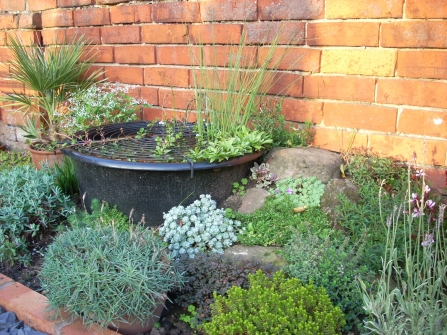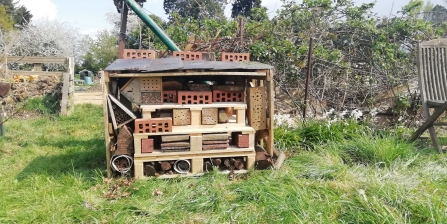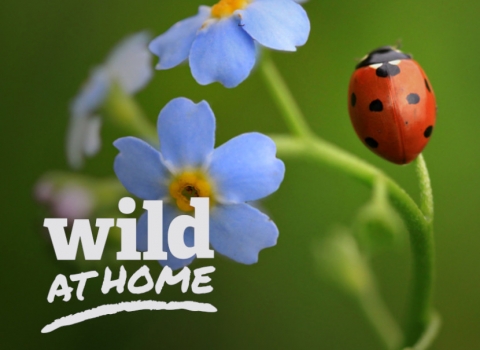Think of your outside space as a link between all the green spaces around you: the gardens, parks, roadside verges, fields, woods and nature reserves. There are an estimated 24 million gardens in the UK and if we can all join our gardens together, wildlife can use them as a corridor and thrive. The garden centres might be closed but there’s still plenty you can be doing for wildlife with little to no budget.
We all love the summer display of bedding plants in our gardens – but it’s worth remembering that while plants such as petunias might brighten up your garden, they often have very little value to wildlife. They have been bred for their unusual multi-petalled flowers which make it hard for insects to reach their nectar. Many have also been sprayed with chemicals such as neonicinoids and may actually harm insects. Try to choose plants with simple flowers and are labelled as good for pollinators. The best flowers for your garden are the ones you’ve grown from seed and are naturally occurring. So let a bit of your garden go wild and see what flowers appear!






